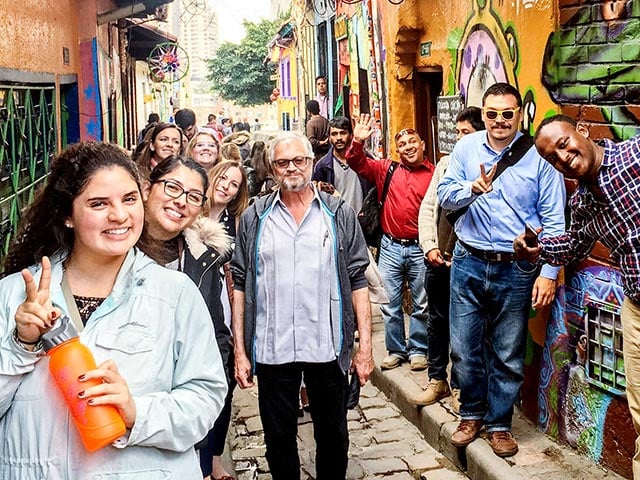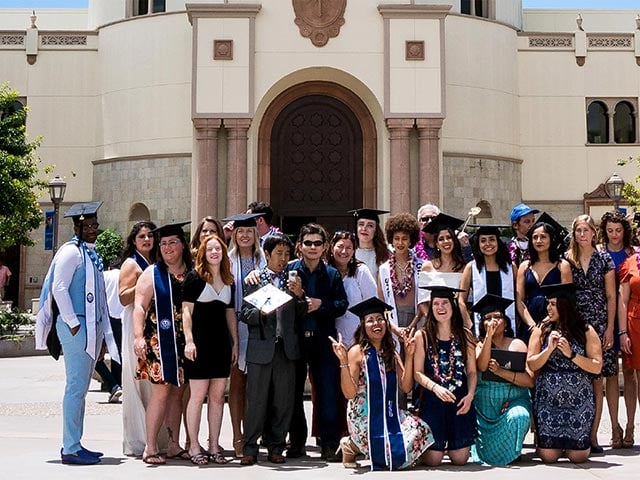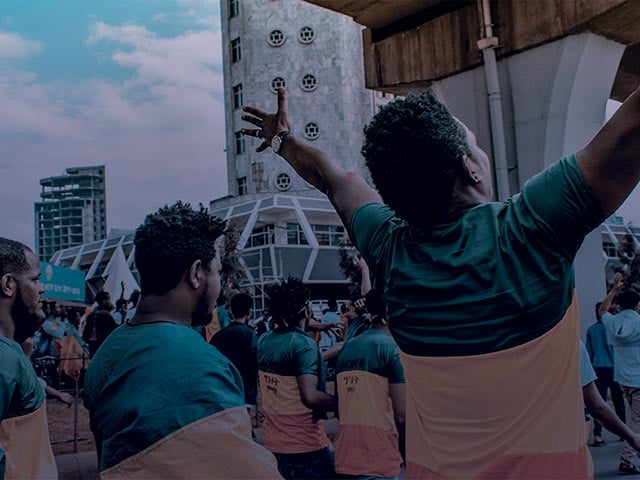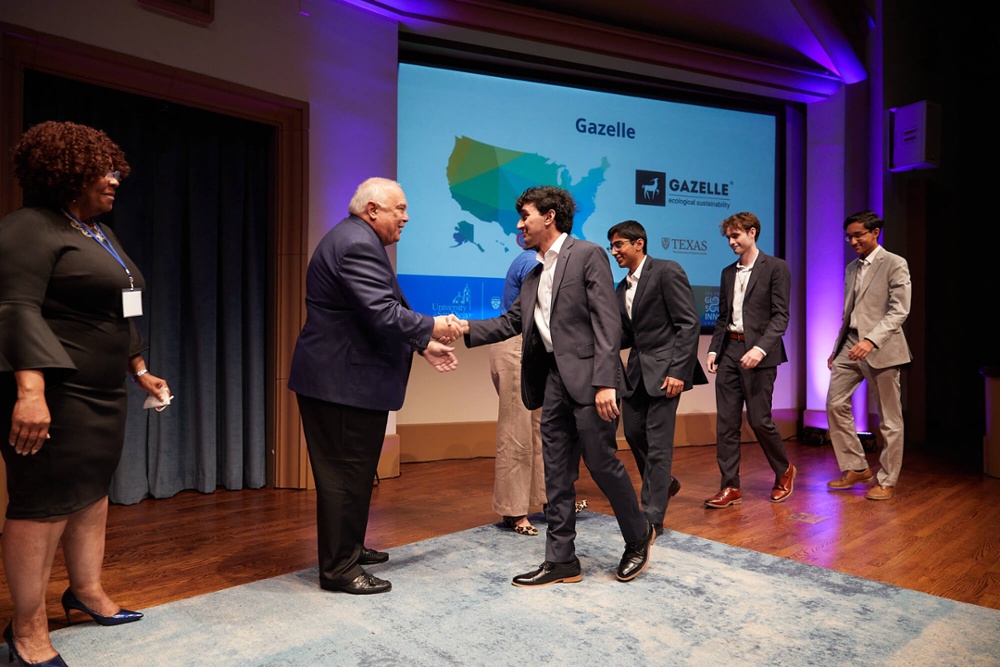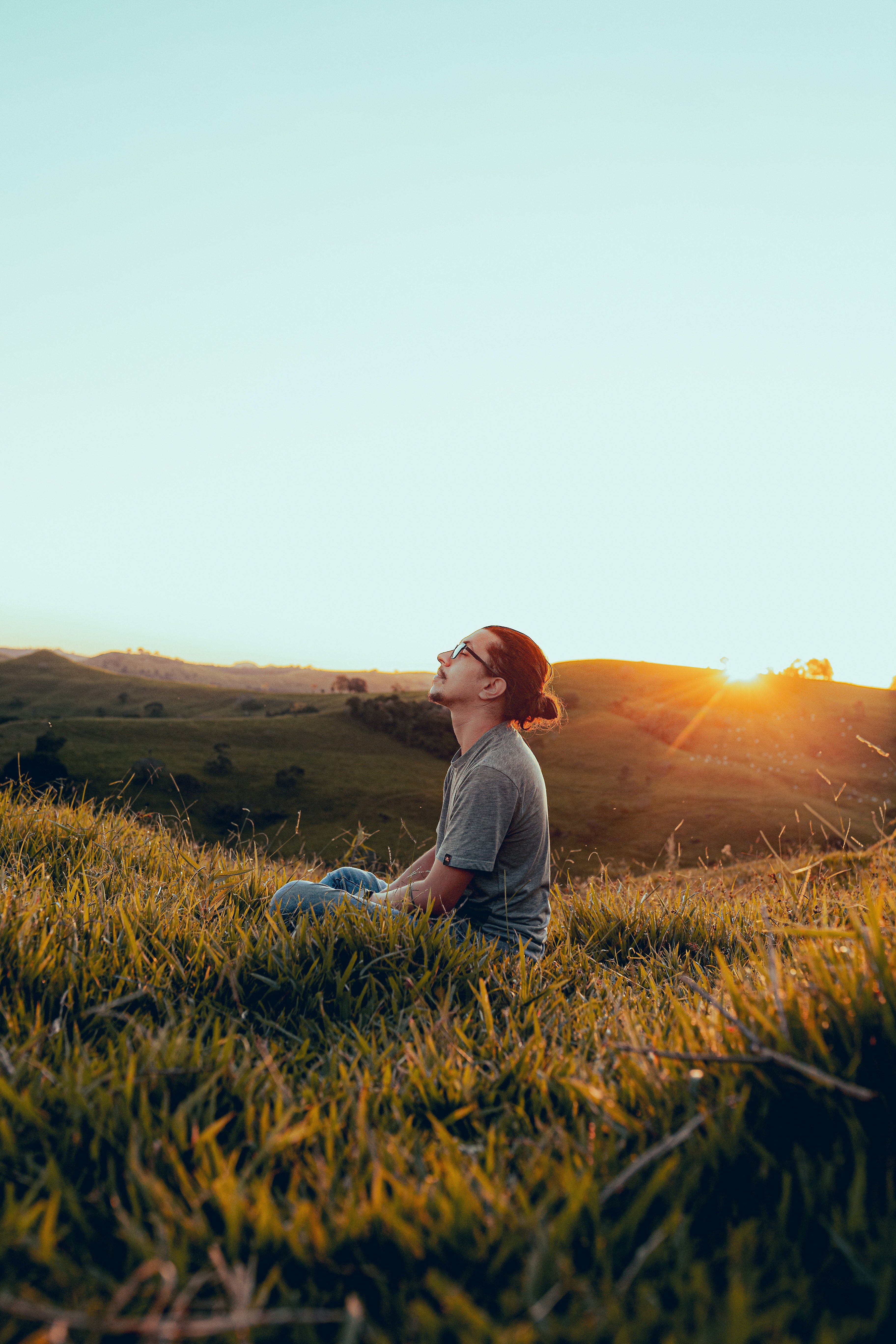If we want the world to be more peaceful and just, where do we begin? The conventional approach taught at many schools focuses on all the things that need to be changed outside the individual changemaker: the laws, policies, institutions, and so on.
These are without doubt critical dimensions of social change. Learning where, when, and how to intervene to improve systems and institutions is a central part of becoming a more effective agent of change. You could think of this as the struggle to achieve “outer peace.”
But are we best equipped to make peace in the world if our minds are not peaceful and if we are at war with ourselves? Can we foster justice if we are so stressed and burnt out that we can no longer deal with conflict constructively and serve those in need?
This brings us to the question of inner peace.
What is Inner Peace?
Inner peace refers to a state of internal tranquility, calmness, and harmony. It stems from mindful self-awareness, emotional balance, and connection to purpose.
Someone with inner peace handles challenges and conflicts with grace, channels stress productively, relates to others and themselves with compassion, and feels their life has meaning. Inner turmoil, anxiety, excessive anger, loneliness, and lack of purpose are all signs of absence of inner peace.
Even societies that are largely outwardly peaceful often suffer from a lack of peace within: feelings of purposelessness, lack of social connection, high levels of anxiety and depression, and epidemics of drug addiction, suicide, and self-harm. And even well intended social action may backfire if it is conducted in an unskilled and unmindful manner. As violence and unrest begin inside human minds, cultivating inner peace is a critical foundation for creating a more just and peaceful world.
Explore: How to Find Inner Peace
Finding inner peace involves practices that quiet the mind, cultivate positive emotions, and promote equanimity in the face of negative emotions and difficult experiences. In many traditions, service to others becomes a vehicle for cultivating patience, compassion and equanimity. In other words, we use our work in the world to work on ourselves at the same time.
Some ways that can assist you in finding your inner peace are:
-
Daily meditation and mindfulness, which help calm inner turmoil and interrupt negative thinking patterns.
-
Reflective practices, such as prayer or journaling, can reveal inner wisdom and meaning.
-
Physical practices like yoga, tai chi, and outdoor immersion such as hiking or even walking your pets allows you to connect to the present moment.
-
Acts of service, which boost positive emotions, allowing you to feel good about doing good.
-
Processing emotions through counseling or support groups fosters self-acceptance and healing.
-
Surrounding yourself with wisdom, whether it be with friends, family, or teachers, as it allows you to unlock new perspectives.
-
Expressing yourself through creativity, as painting, fiber arts, music and more can allow you to escape and practice mindfulness.
The path to inner peace is unique for each person. But by actively and curiously exploring practices that resonate, we can unravel anxiety, find freedom from inner conflict, and infuse our lives with tranquility and meaning. Inner peace provides the solid foundation to build outer peace.
As Thich Nhat Hanh observed, we cannot make peace without also “being peace.”
The path to inner peace is unique for each person. But by actively and curiously exploring practices that resonate, we can unravel anxiety, find freedom from inner conflict, and infuse our lives with tranquility and meaning. Inner peace provides the solid foundation to build outer peace.
As Thich Nhat Hanh observed, we cannot make peace without also “being peace.”
How Can the Kroc School Help You Become a Peacemaker?
At the Kroc School of Peace Studies, training the next generation of leaders means training the whole person while taking an integrated approach. This involves working at the intersection of personal transformation and social change, focusing on the need to work on changing the self and the world at the same time.
The Master’s in Peace and Justice (MAPJ) program can be completed in two years (full-time). The courses develop knowledge of peacebuilding and social justice while sharpening skills for applying that knowledge beyond the classroom. The curriculum is rich with applied opportunities including local and international field-based courses, real-world simulation within classes, and an internship requirement. There’s also a part-time program option.
The MAPJ curriculum includes courses like KROC 590 Peace and Spirituality (get a sneak peek here), KROC 592 The Peacebuilder, KROC 592 Stress Resilience, and KROC 594 Foundations of Trauma Awareness.
By exploring intersections of inner and outer peace, we empower graduates and peacebuilders to approach social justice in holistic ways - creatively transforming systems while also “being peace.” Our integrated approach develops changemakers equipped not just to heal the world, but also themselves.
We hope that what emerges from this program will be more creative approaches to social change that allow our graduates to, as Gloria Anzaldúa put it, “construct alternative roads.”
Join us in building a harmonious world, one where peace and justice prevail, and the transformative power of peacemakers shines brightly. Learn what peace studies program is best for you by taking our quiz!
Questions about MAPJ?

About the Author
The Joan B. Kroc School of Peace Studies (Kroc School) at the University of San Diego is the global hub for peacebuilding and social innovation. Founded in 2007, the Kroc School equips the next generation of innovative changemakers to shape more peaceful and just societies. We offer master's degrees in peace and justice, social innovation, humanitarian action, conflict management and resolution, and a dual degree in peace and law — programs that have attracted diverse and dynamic students from more than 50 countries. In addition to our graduate programs, the Kroc School is home to the Kroc Institute for Peace and Justice (Kroc IPJ). Founded in 2001, the Institute supports positive change beyond the classroom. Through groundbreaking research, experiential learning, and forward-thinking programs, the Kroc School and Kroc IPJ are shaping a future in which peaceful co-existence is the new normal.


